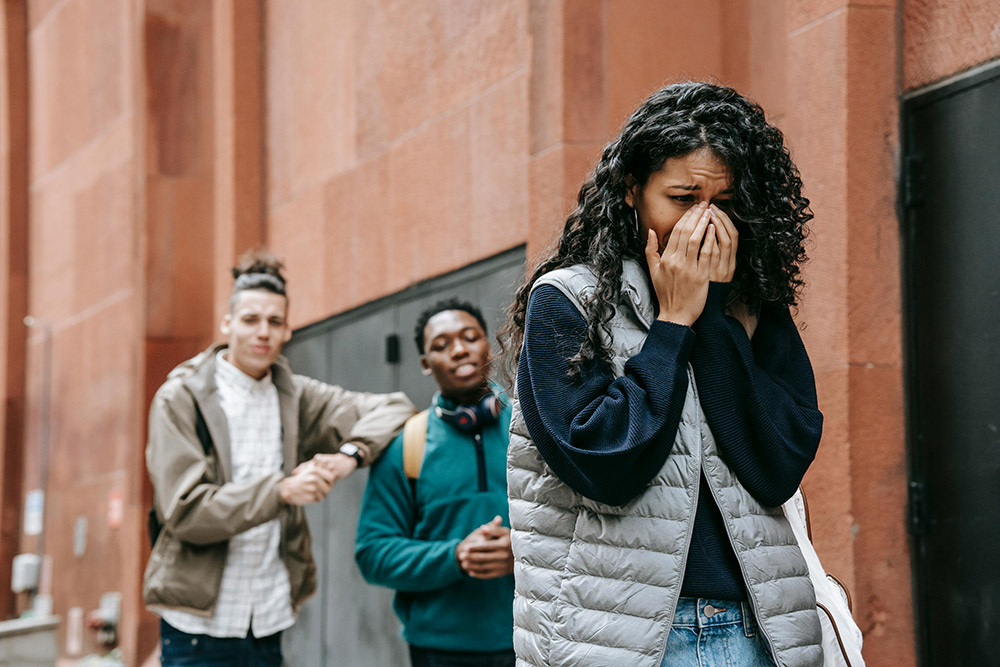Safeguarding is the process of protecting children, young people, and vulnerable adults from abuse, harm, and neglect. It’s a responsibility that belongs to everyone, whether you’re a teacher, volunteer, or community member. Safeguarding isn’t just about responding to incidents when they occur—it’s about creating environments where people feel safe, respected, and supported.
Why Safeguarding Matters
Safeguarding helps prevent physical, emotional, and financial abuse. It ensures that vulnerable individuals have their basic needs met, are protected from harm, and can live free from fear. It’s not just a moral duty but also a legal one for organizations and professionals working with at-risk groups.
Types of Abuse
Common forms of abuse include:
- Physical abuse: Harming someone through force.
- Emotional abuse: Bullying, intimidation, or manipulation.
- Neglect: Failing to meet basic needs.
- Sexual abuse: Unwanted sexual behaviour.
- Financial abuse: Misusing someone’s money or resources.
How to Recognize and Report Abuse
Signs of abuse can range from unexplained injuries to changes in behaviour or neglected appearance. If you notice something concerning, it’s important to report it to the appropriate authorities—whether it’s a manager, safeguarding officer, or local safeguarding board. Acting quickly can make a significant difference in preventing further harm.
Creating a Safe Environment
Organizations should have clear safeguarding policies, regular training, and an open culture where people feel empowered to raise concerns. Everyone, from management to staff, plays a role in creating safer communities for all.
Safeguarding is about protecting the most vulnerable—let’s all do our part to ensure their safety and well-being.
Call to Action: Familiarize yourself with your organization’s safeguarding policies and be ready to act if you suspect abuse. Safeguarding is everyone’s responsibility!


